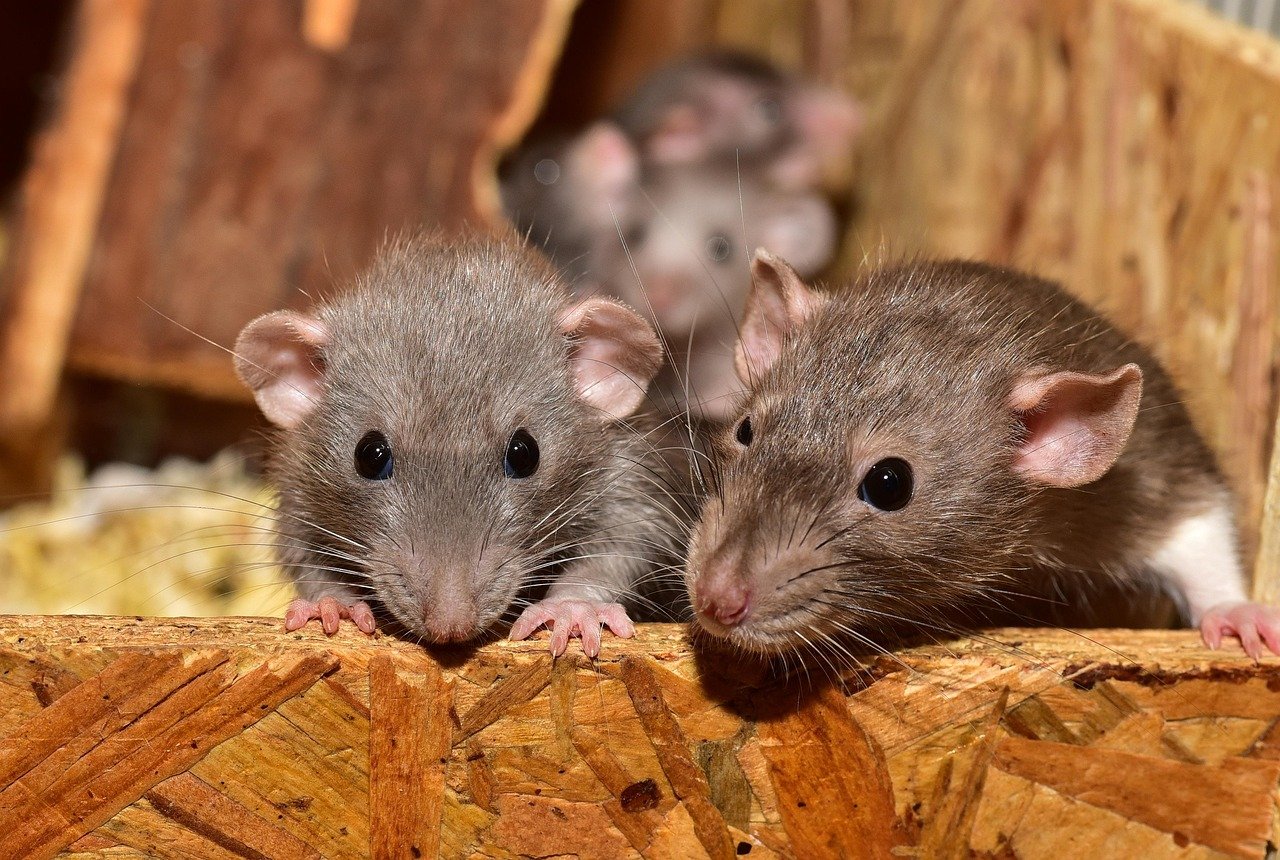Last Updated on October 1, 2025 by teamobn
Areas like the Central Coast of NSW are renowned for scenic beaches, mild climate, and laid-back lifestyle. However, these ideal living conditions also foster environments where pests can thrive throughout the year. From termites and ants during the warmer months to rodents seeking shelter as temperatures drop, each season presents its own set of pest-related challenges. Proper timing is crucial for effective pest control and the ongoing protection of your property.
Contents
Why Timing Matters for Pest Control
Pest activity fluctuates with the seasons. Warmer weather often triggers increased insect breeding and colony expansion, while cooler weather drives pests indoors in search of shelter. Scheduling pest control at optimal times can help prevent infestations from developing and reduce the risk of recurring pest problems.
For routine pest control, spring and summer are especially important periods due to heightened activity from pests such as termites, ants, and spiders.
Pest Control: A Seasonal Breakdown
Spring (September – November): The Breeding Season
As temperatures rise, pest activity increases significantly. Termites begin swarming, ants form new colonies, and cockroach sightings rise. Spring pest control treatments focus on prevention, targeting nests and breeding sites before pest populations surge.
- Termites
- Ants
- Cockroaches
- Wasps
Booking pest control in spring helps interrupt breeding cycles and limits the spread of infestations into the warmer months.
Summer (December – February): High Activity Season
Summer’s heat and humidity create prime conditions for most pests. Termites and ants are particularly active, while flies and mosquitoes flourish in warm, damp environments. During this period, infestations are often more noticeable.
- Termites (highest activity period)
- Ants
- Spiders
- Flies and mosquitoes
Scheduling pest control in summer addresses visible infestations quickly, safeguards timber structures from termite damage, and establishes a protective barrier around your property.
Autumn (March – May): Preparing for Cooler Weather
With cooler temperatures, pests start searching for shelter and food indoors. Rodents are especially likely to move into roof spaces, basements, and wall voids. Spiders and cockroaches may also be more frequently seen indoors.
- Rodents (mice and rats)
- Spiders
- Cockroaches
Autumn pest control focuses on sealing entry points, eliminating food sources, and keeping rodents from nesting inside before winter arrives.
Winter (June – August): Shelter-Seekers Move Indoors

Insect activity generally slows in winter, but rodents, silverfish, and termites can remain active, often seeking warmth inside homes and businesses. The risk of indoor infestations increases as pests look for shelter.
- Rodents
- Silverfish
- Termites (remain active in hidden areas)
Winter pest control prioritizes indoor protection, preventing damage and disease as outside pest activity diminishes.
Benefits of Year-Round Pest Control
While seasonal treatments are essential, consistent pest management throughout the year offers the most reliable defense. The advantages include:
- Early detection of potential infestations before they escalate.
- Preventative action to stop pests from breeding in optimal conditions.
- Cost savings by reducing repairs related to termite or rodent damage.
- Peace of mind from maintaining a healthy, safe environment for family or customers.
Many Central Coast homeowners opt for annual pest control plans, which align treatments with seasonal pest activity for maximum effectiveness.
Tips for Choosing the Right Pest Control Schedule
- Consider your home’s location – properties near bushland, waterways, or farmland are more vulnerable to certain pests.
- Review past infestations—if termites or rodents have been a problem, regular follow-up treatments are crucial.
- Combine general pest control with termite inspections for comprehensive protection.
- Consult local pest control professionals who understand area-specific conditions and can recommend optimal treatment times.
Staying Ahead of Seasonal Pests
Effective pest management relies on proactive scheduling and aligning treatments with seasonal changes. Spring and summer are vital for controlling termites and insects, while autumn and winter are key for preventing rodents and indoor infestations. Partnering with experienced pest control professionals ensures treatments are tailored to local needs and timed for the greatest impact. With a strategic pest control schedule, you can prevent costly damage and enjoy peace of mind year-round.
Frequently Asked Questions
- How often should I book pest control in Central Coast?
- Most homes benefit from annual pest control, but properties prone to termites, ants, or rodents may require treatments every six months.
- What is the best time of year to treat termites?
- Spring and summer are the peak seasons for termite activity, making them the best times for inspections and treatments.
- Do I need pest control in winter?
- Yes. Even though insects are less active, rodents and hidden pests such as termites can remain active indoors during winter.
- Is preventative pest control worth it?
- Absolutely. Preventative treatments lower the risk of major infestations, save money on repairs, and help ensure a safe living environment.





